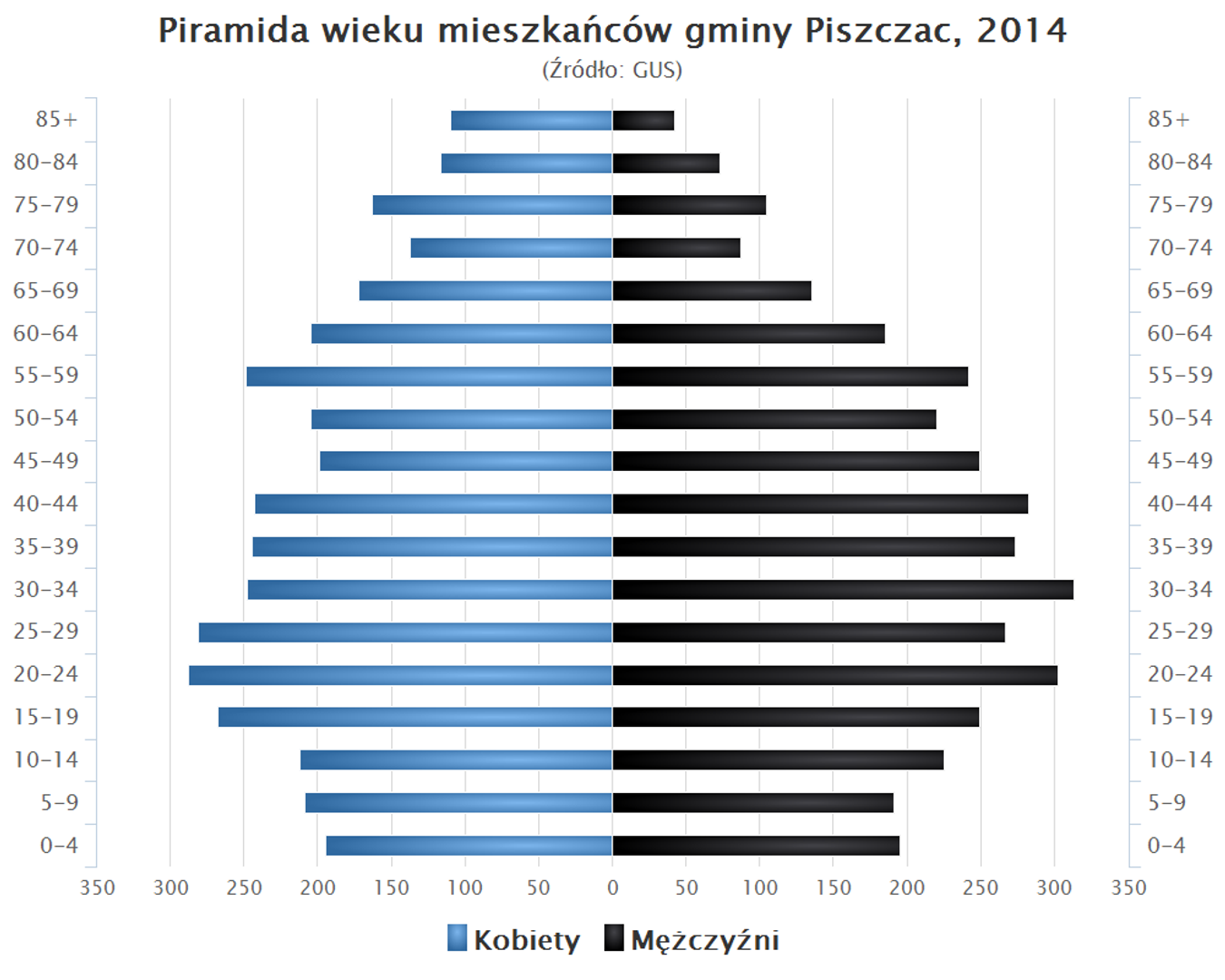Piszczak
7.47

Overview
Piszczac Commune, located in the Lublin Voivodeship, was established in 1870 through the transformation of the town of Piszczac into a rural commune. The history of the commune is closely tied to the region's past, administrative changes, and its affiliation with various governorates. During the interwar period, the commune had 3,123 inhabitants and comprised 13 localities. After World War II, it retained its administrative structure, and the commune was reestablished in 1973. With an area of 169.92 km², the commune consists mainly of agricultural land (68%) and forests (24%). The economy is based on agriculture, with many residents also working in transport and logistics due to its proximity to the border and the Berlin-Moscow railway line. Piszczac Commune is rich in religious architectural monuments, including wooden Uniate and Orthodox churches, which play a significant role in its cultural heritage. Among them, the church in Kościeniewicze and the cemetery chapel in Piszczac stand out. The commune is also home to an 18th-century manor in Zalutyń and a historic railway station in Chotyłów. In addition to its rich architectural heritage, Piszczac Commune attracts tourists with its beautiful Polesie landscape—plains with streams and forests, ideal for hiking and cycling. Interestingly, many local Uniate architectural monuments have survived due to their adaptation into Roman Catholic churches, reflecting the historical and cultural heritage of the region. The modern commune recognizes the potential for developing trade with the East, which could influence the future growth of the local economy. Currently, the commune is home to approximately 7,612 people and consists of numerous village administrations, including Piszczac and Połoski, forming a dynamic local community.
Location
2025 Wizytor | All Rights Reserved


